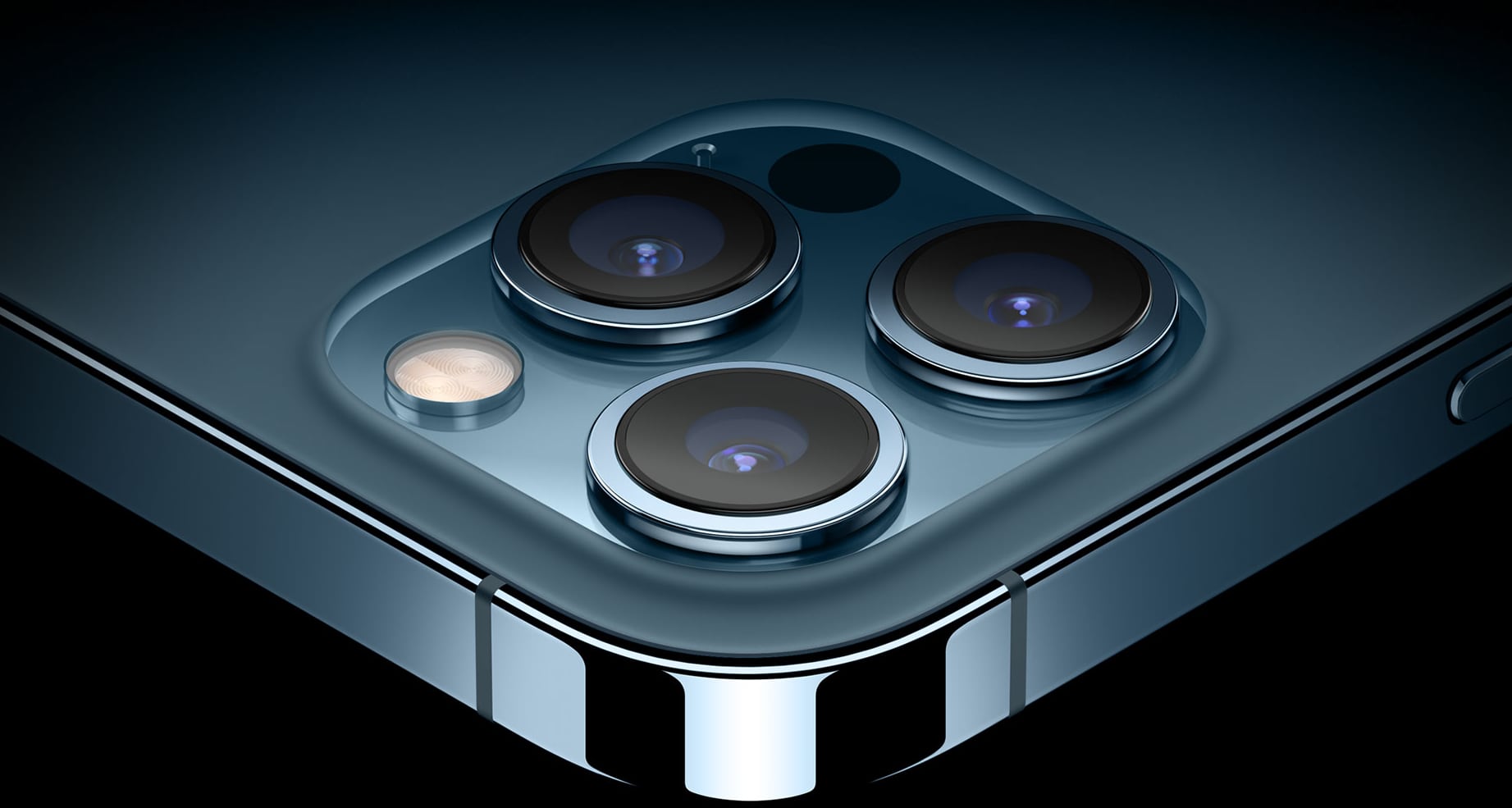iPhone camera lenses may not see significant hardware updates through at least 2022, according to a new research note by analyst Ming-Chi Kuo seen by MacRumors.

Today’s note focuses on a new price war between lens suppliers Largan and Genius Electronic Optical that will affect profitability for the suppliers, with Genius Electronic Optical at particular risk due to its high reliance on Apple combined with Largan’s willingness to cut prices and Sunny Optical’s upcoming entry into the high-end iPhone camera lens supply chain.
We predict that Largan will bargain the ASP of iPhone mid-to-high-end lenses by about 15-25% in 1H21 in order to increase its capacity utilization rate. Yujingguang’s [Genius Electronic Optical’s] order proportion, capacity utilization rate and gross profit margin will be directly affected. The impact of the price war will begin in January 2021, and Yujingguang’s January revenue may only grow in single-digit YoY or even decline.
Kuo specifically predicts that there will be “no significant upgrade of the camera lens in 2022,” indicating that challenges for Genius Electronic Optical could stretch for several years “unless the structural challenges of the lens industry are significantly improved or Yujingguang can significantly reduce its dependence on Apple orders.”
Despite Kuo’s prediction that there will not be significant hardware advancements for the camera lenses in iPhone models for 2021 and 2022, that doesn’t necessarily mean there won’t be improvements to overall camera performance. Apple also puts considerable effort into the software side of its camera capabilities, so we may still see new features and other tweaks due to improvements in both software and other elements of the camera hardware stack beyond the lenses.
Update: As noted by 9to5Mac, Kuo’s comments may refer to only the main wide camera lens, as he has previously discussed upcoming updates for the ultrawide and telephoto lenses. Kuo’s report is not entirely clear which lens or lenses he is referring to.
